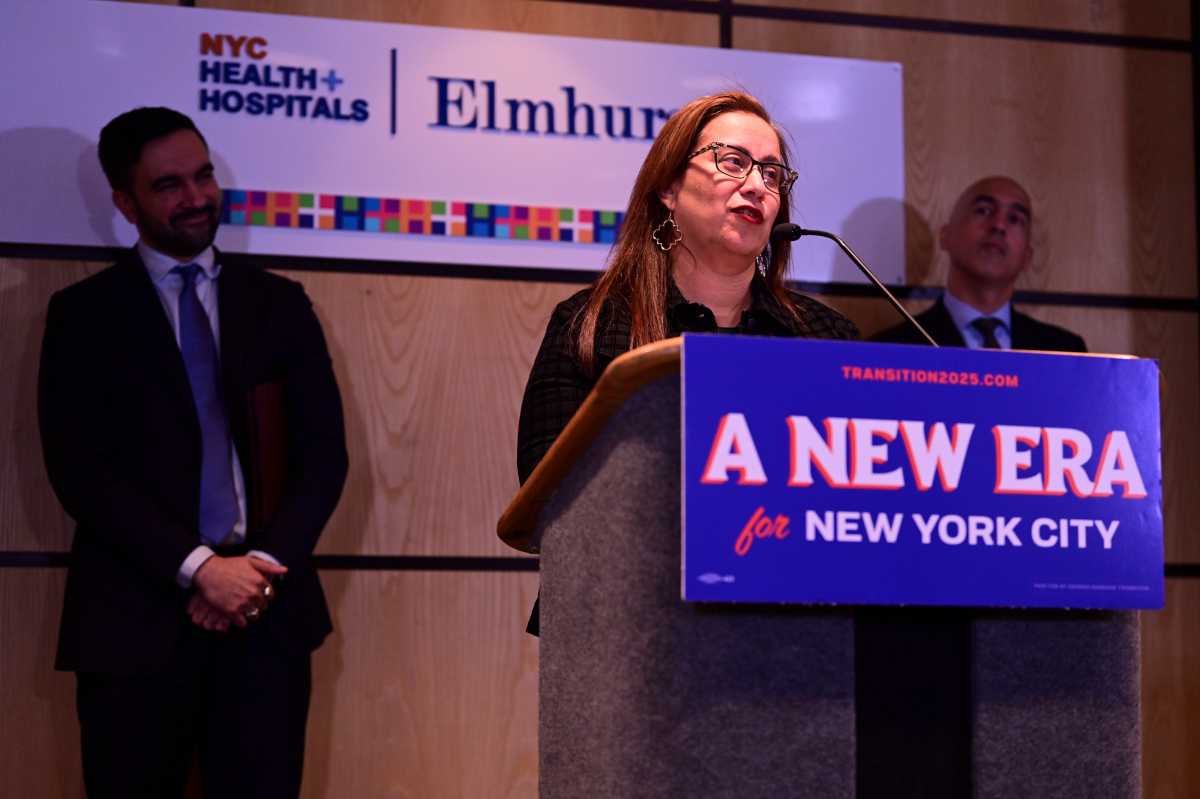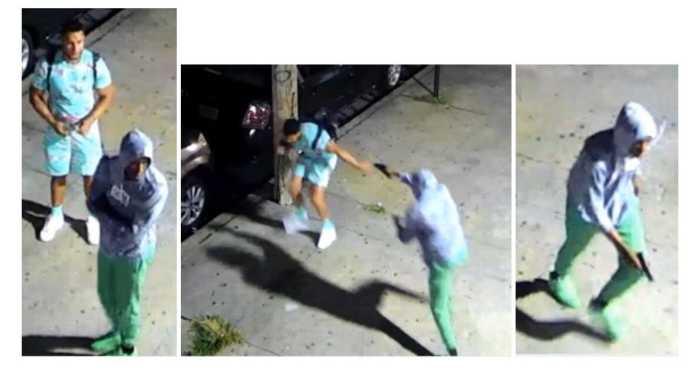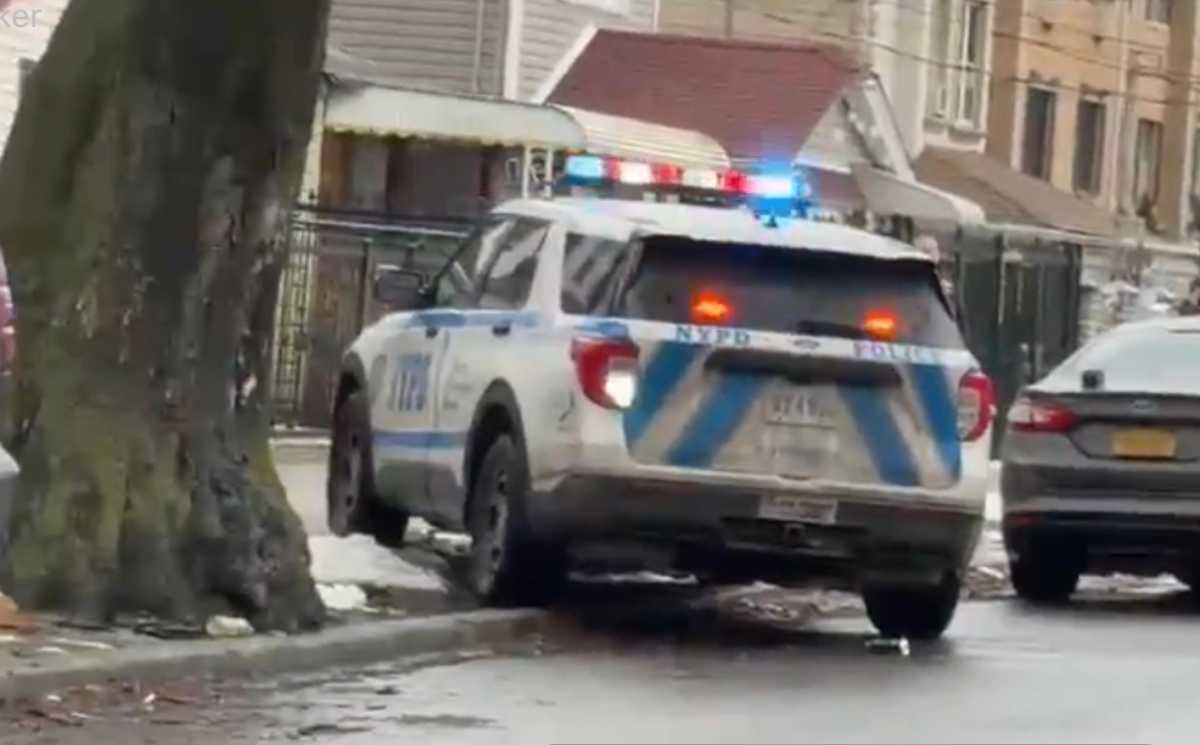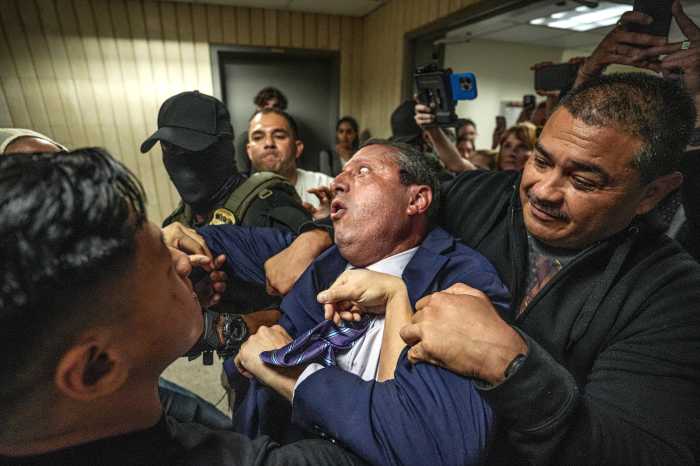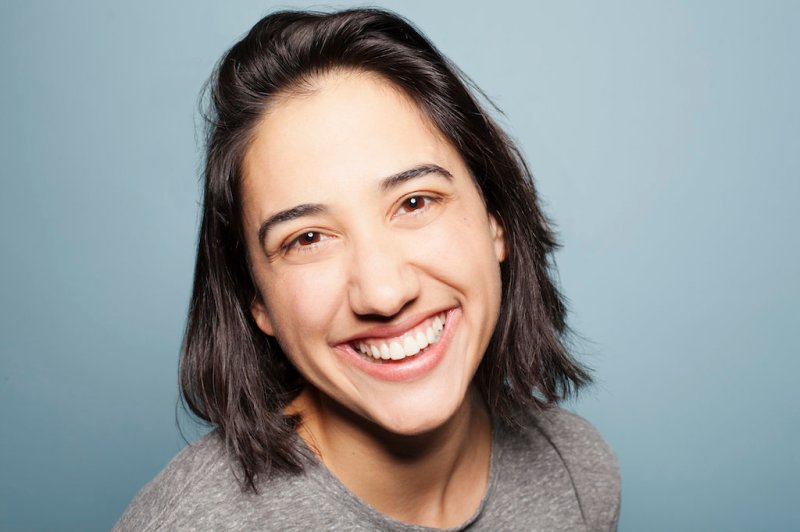By Helen Klein
How can the number of trucks rumbling through the borough’s streets be contained? Given the ever-increasing volume of trucks entering the city in general, and Brooklyn in particular, Rep. Anthony Weiner has proposed a four-point plan to deal with the deluge. According to a report issued on January 12 by Weiner’s office, truck traffic in New York City outpaces the increase in other vehicular traffic by a more than three to one margin. Indeed, according to the report, if no changes are made, by the year 2020, truck traffic in Brooklyn will have grown by a whopping 93 percent since 1998, based on Federal Highway Administration projections. The only borough with a greater projected increase in truck traffic is Staten Island, where truck traffic in 2020 is projected to be 95 percent over 1998 levels. “There’s this notion about congestion that it’s a Manhattan problem,” stressed Weiner during a phone interview. “This data shows that Brooklyn is at the point where there is as much congestion in our neighborhoods as in neighborhoods in Manhattan. It’s hard to think of a single neighborhood (in Brooklyn) that isn’t affected by truck traffic.” So, how do you fix what is quickly becoming a quality-of-life issue for many Brooklynites? For one thing, said Weiner, there should be an increase in truck tolls during peak driving times, on city river crossings where tolls are collected. This would serve as an incentive to truckers to avoid making the crossings during rush hours. Currently, said Weiner, as much as 96 percent of Manhattan deliveries take place during peak hours, according to a study conducted by the New York State Department of Transportation (DOT). “People talk about charging automobile drivers to go into Manhattan,” he remarked. “But, this report shows that the majority of growth has been in trucks, not cars. We are hoping that changing the toll structure would get drivers of trucks to change their habits.” In addition, Weiner suggested that the city reward businesses for accepting deliveries at night by giving them a tax credit for doing so. “We’d also like to change the behavior of businesses,” he remarked. The tax credit proposal, which Weiner said is similar to the New York City Department of Transportation’s Early Delivery Program, unveiled last year, would involve the federal government matching any city tax credit. Would it work? A state DOT study in 2006, according to the report, indicated that a $10,000 tax deduction could encourage upwards of 20 percent of city restaurants to switch to off-peak deliveries. While smaller businesses might not be able to take advantage of the credit, larger ones, “Might be able to get deliveries at night and, if offered an incentive, might do so,” Weiner remarked. Weiner’s third recommendation is that the city DOT implement recommendations it made last year for educating truckers as well as NYPD officers on truck route regulations, as part of its truck traffic study. Currently, based on a city study, a whopping 68 percent of truck drivers are generally unfamiliar with truck route regulations in the city. In addition, a mere 40 out of 2,500 NYPD traffic enforcement personnel are actually trained for truck enforcement. Weiner’s final recommendation is to proceed with the construction of the controversial Cross Harbor Rail Freight Tunnel, which two years ago lost the backing of the city administration because of perceived negative effects on some neighborhoods near the tracks and the terminus. The multi-billion-dollar tunnel, which was first proposed by Rep. Jerrold Nadler and which is yet to be funded, would run under New York Harbor, connecting rail tracks in New Jersey with the lightly used Long Island Railroad branch line that cuts across Brooklyn. According to Weiner, the tunnel would take one million trucks off city streets. Overall, Weiner stressed, the problem with truck traffic is a good news-bad news sort of situation. “All of our neighborhood shopping strips are doing better,” he remarked, “and that’s good news. But, the bad news is that, for every thriving business, there’s a bunch of big trucks. “It’s a good thing that a lot more people are buying and selling goods in Brooklyn,” Weiner added, “but we have to figure out a way to manage our success if we want to have room to grow more in the future.”

